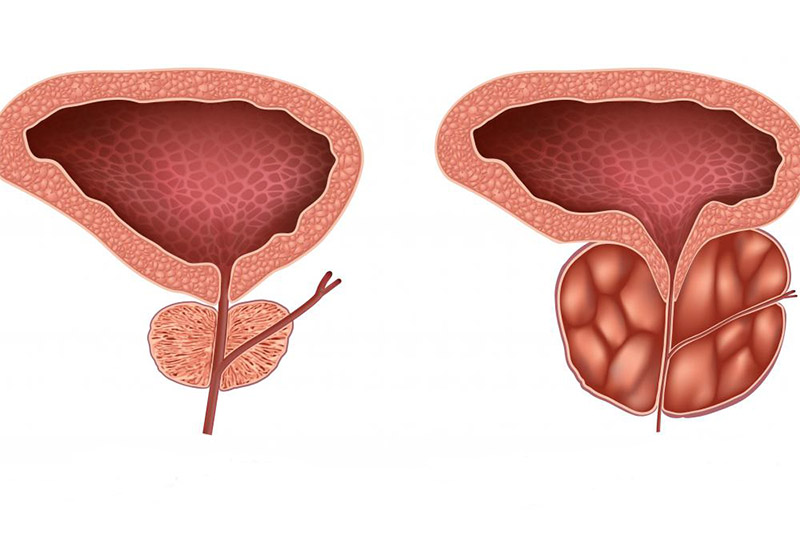
Prostatitis is classified into acute and chronic forms, which differ significantly in their causes, symptoms, and treatment approaches.
Acute Prostatitis Acute prostatitis is typically caused by a bacterial infection that suddenly affects the prostate. It often leads to intense symptoms, such as high fever, chills, severe pelvic pain, and difficulty urinating. This type of prostatitis is considered a medical emergency and requires immediate treatment, usually with antibiotics. If left untreated, it can lead to complications like abscesses or a spread of the infection to other parts of the body.
Chronic Prostatitis Chronic prostatitis, on the other hand, may have a bacterial or non-bacterial origin. Chronic bacterial prostatitis is a recurring infection in the prostate, while chronic pelvic pain syndrome (CP/CPPS) does not involve bacterial infection and is often related to other factors like muscle tension or nerve damage. Symptoms of chronic prostatitis can be less intense but long-lasting, with recurring pain in the pelvic area, frequent urination, and discomfort during ejaculation. Treatment for chronic prostatitis may involve a combination of antibiotics, physical therapy, and lifestyle changes to manage symptoms over time.
Understanding the type of prostatitis is crucial, as it determines the course of treatment and helps manage symptoms more effectively.